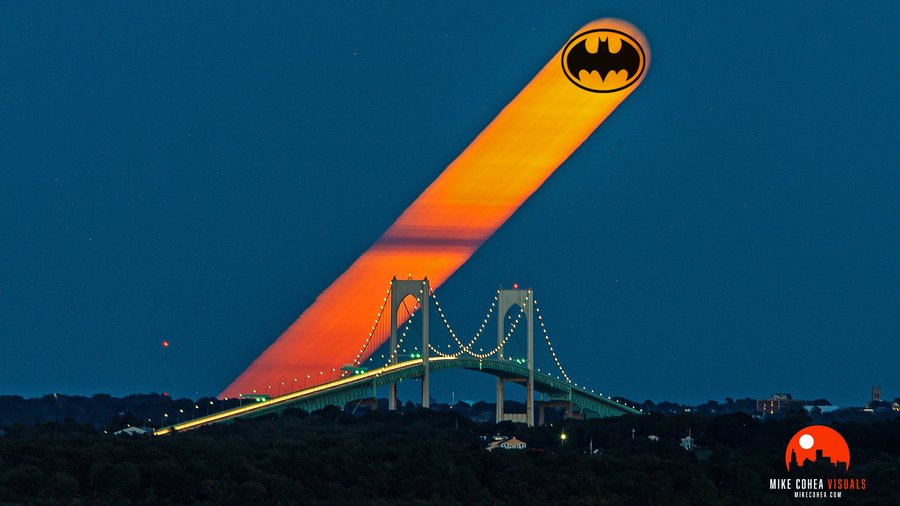https://en.wikipedia.org/wiki/Mammoth_Mountain#Volcanic_gas_discharge wrote:
<<Mammoth Mountain was formed in a series of eruptions that ended 57,000 years ago. Mammoth is still outgassing large amounts of carbon dioxide out of its south flank, near Horseshoe Lake, causing
mazuku in that area. Measurements around the lake found that restrooms and tents had a greater than 1% CO
2 concentration (toxic) and a deadly 25% concentration of CO
2 in a small cabin. CO
2 concentrations of less than 1% are typical and healthy in most soils; however, soil concentrations of CO
2 in the tree-kill areas ranged from 20% to 90%. This overabundance of CO
2 was found to be the cause of the tree-kills because tree roots need to absorb O
2 directly and the high CO
2 level reduced available O
2. Researchers also determined that Mammoth releases about 1,200 tonnes of CO
2 every day. As of 2003, the concentration of carbon dioxide in soil gas at Mammoth Mountain is being monitored on a continuous, year-round basis at four sites—three at Horseshoe Lake and one near the base of Chair 19 at the ski area. In April 2006, three members of the Mammoth Mountain Ski Area ski patrol died while on duty. All three died from suffocation by carbon dioxide when they fell into a fumarole on the slopes of the mountain.
The most likely sources of the CO
2 are degassing of intruded magma and gas release from limestone-rich metasedimentary rocks that are heated by magmatic intrusions. The remarkable uniformity in chemical and isotopic composition of the CO
2 and accompanying gases at different locations around Mammoth Mountain indicates that there may actually be a large reservoir of gas deep below the mountain from which gas escapes along faults to the surface. Measurements of helium emissions support the theory that the gases emitted in the tree kill area have the same source as those discharged from Mammoth Mountain Fumarole.>>
 Harvest Moon Trail
Harvest Moon Trail

